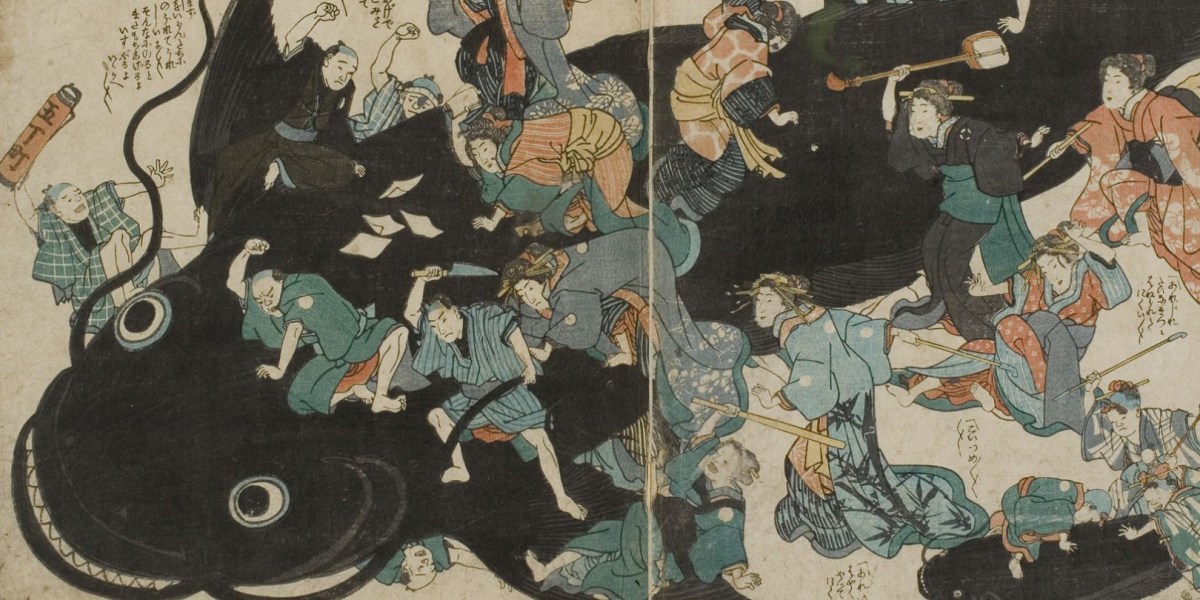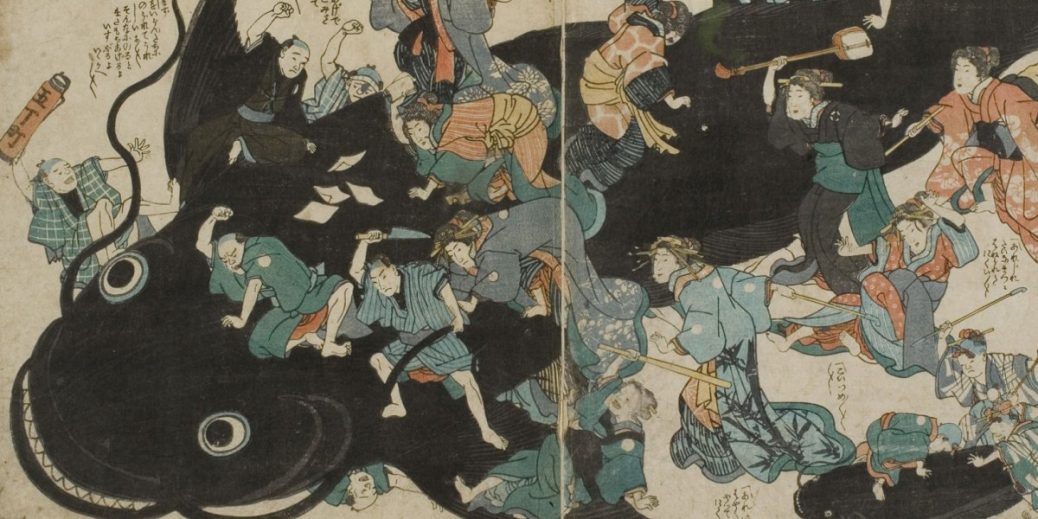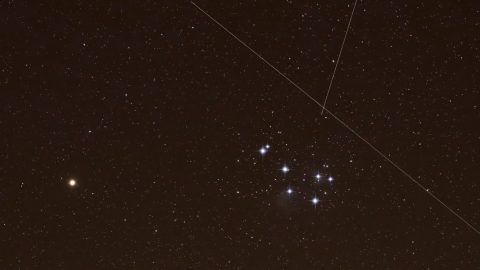
Instances of regular intervals between earthquakes of similar magnitudes have been noted in other places, including Hawaii, but these are the exception, not the rule. Far more often, recurrence intervals are given as averages with large margins of error. For areas prone to large earthquakes, these intervals can be on the scale of hundreds of years, with uncertainty bars that also span hundreds of years. Clearly, this method of forecasting is far from an exact science.
Tom Heaton, a geophysicist at Caltech and a former senior scientist at the USGS, is skeptical that we will ever be able to predict earthquakes. He treats them largely as stochastic processes, meaning we can attach probabilities to events, but we can’t forecast them with any accuracy.
“In terms of physics, it’s a chaotic system,” Heaton says. Underlying it all is significant evidence that Earth’s behavior is ordered and deterministic. But without good knowledge of what’s happening under the ground, it’s impossible to intuit any sense of that order. “Sometimes when you say the word ‘chaos,’ people think [you] mean it’s a random system,” he says. “Chaotic means that it’s so complicated you cannot make predictions.”
But as scientists’ understanding of what’s happening inside Earth’s crust evolves and their tools become more advanced, it’s not unreasonable to expect that their ability to make predictions will improve.
Slow shakes
Given how little we can quantify about what’s going on in the planet’s interior, it makes sense that earthquake prediction has long seemed out of the question. But in the early 2000s, two discoveries began to open up the possibility.
First, seismologists discovered a strange, low-amplitude seismic signal in a tectonic region of southwest Japan. It would last from hours up to several weeks and occurred at somewhat regular intervals; it wasn’t like anything they’d seen before. They called it tectonic tremor.
Meanwhile, geodesists studying the Cascadia subduction zone, a massive stretch off the coast of the US Pacific Northwest where one plate is diving under another, found evidence of times when part of the crust slowly moved in the opposite of its usual direction. This phenomenon, dubbed a slow slip event, happened in a thin section of Earth’s crust located beneath the zone that produces regular earthquakes, where higher temperatures and pressures have more impact on the behavior of the rocks and the way they interact.
The scientists studying Cascadia also observed the same sort of signal that had been found in Japan and determined that it was occurring at the same time and in the same place as these slow slip events. A new type of earthquake had been discovered. Like regular earthquakes, these transient events—slow earthquakes—redistribute stress in the crust, but they can take place over all kinds of time scales, from seconds to years. In some cases, as in Cascadia, they occur regularly, but in other areas they are isolated incidents.





Recent Comments